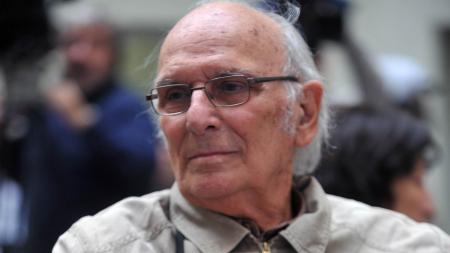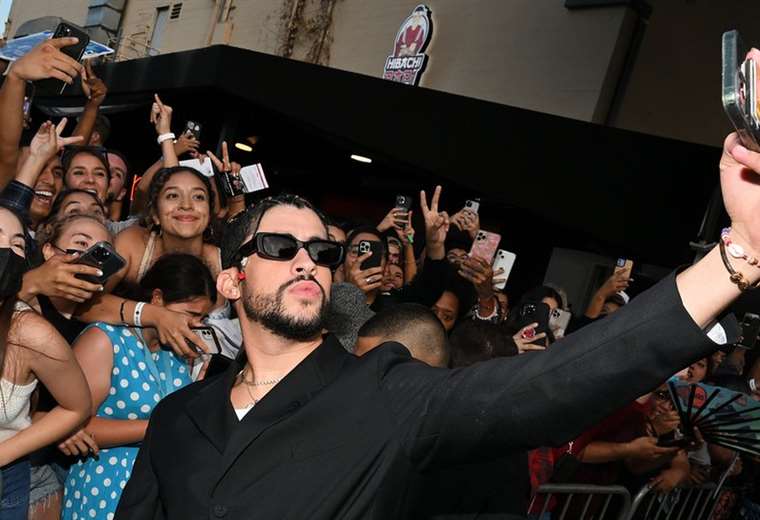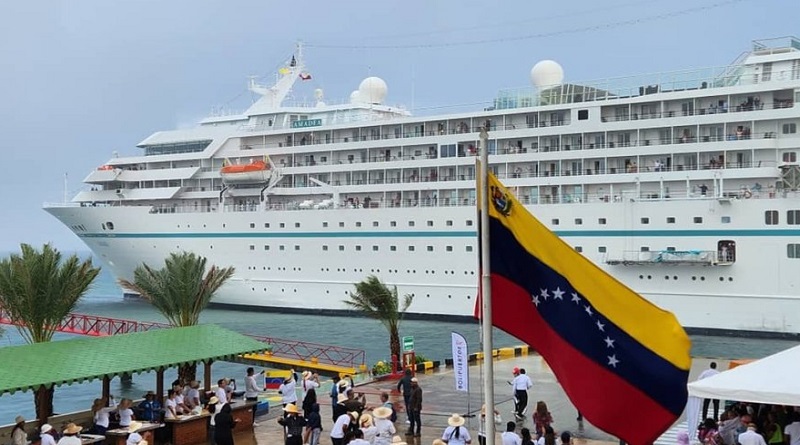The fate of the Spanish filmmaker Carlos Saura, creator of milestones on the screen such as “Ana y los lobos” and “Cría cuervos”, who turns 91 tomorrow, would have been different if the first part of his career had not taken place during the Franco regime.
Saura avoided a head-on clash with the regime, for which his colleague Juan Antonio Bardem had suffered persecution and imprisonment – he was behind bars and had to suspend the filming of “Calle mayor” (1956) for his communist militancy – and chose the path of allegory, metaphor, wink, and thus opened the way for directors such as Jaime de Armiñán, José Luis Borau, Mario Camus and Jaime Chávarri, who after the death of “Caudillo” Francisco Franco were able to talk about Spain, about its war Civil and other items from your story with tools similar to yours.
An older and prolific creator, he marked this route with a highly refined aesthetic in which the photographers he chose were no strangers and they responded to the names of Luis Cuadrado, Teo Escamilla, José Luis Alcaine, José Luis López-Linares and Vittorio Storaroamong others, in addition to his own aesthetic interests, to which he added an unbreakable ideological coherence.
Born in Huesca, Aragón, in 1932, he lived with his family in republican areas during the conflict, until he settled in Madrid in 1941 to practice photography, one of his favorite activities to this day; until at the age of 29 he believed that cinema was his thing and enrolled in the Institute for Cinematographic Research and Experiences (IIEC), where he obtained the title of director in 1957 with the short “Sunday Afternoon” and later got a job teaching scenic practices.
His feature film debut was with “The gulfs” (1960), an approach to the marginal Spanish youth with influences from Italian Neorealism who, when being a candidate for the Palme d’Or in Cannes, aroused the anger of Franco’s censors for showing a reality alien to shawls and ‘Spanish women’ to the use, inevitable in an industry prey to lightness and the propaganda concept.
It was at that festival when established a close friendship with Luis Buñuelwho had worn the Mexican-American “La joven”, and of whom he declared himself a fervent disciple.
His second film “Crying for a Bandit” (1964), with Francisco Rabal, was about the life of a rural bandit followed by a peasantry who ultimately betrays, and in which he wanted to cast Buñuel as an actor in the role of an executioner. Censorship cut the sequences in which the great creator appeared and the film could be released, although without success.
After those setbacks he continued to work as Professor at the Official School of Cinematography and started a stage of collaboration with the producer Elías Querejeta that lasted 16 years from 1965, when he directed “The hunt”a harsh allegory about power and social classes in his country, which offered him his first Golden Bear in Berlin as a director.
It was then that he met Geraldine Chaplin, who had just filmed “Doctor Zhivago” and with whom he lived until 1979, and whom he cast as the protagonist in “Peppermint frappe” (1967), “Stress-it’s three-three” (1968) and “The burrow” (1969) – in “The Garden of Earthly Delights” (1979) was an uncredited extra – and later in “Anna and the Wolves” (1973) and its sequel “Mom’s Hundredth Birthday” (1979), together with the Argentine exile Norman Briski.
Meanwhile the duo worked on “Breeding ravens” (1976), with another exile, Héctor Alterio, “Elisa, my life” (1977), also with Briski, and “Blindfolded” (1978), films focused on the political, social and psychoanalytic, which in some cases had the collaboration in their scripts of Raphael Azcona and where the immediate Spanish past emerged as before it would have been impossible.
Without Geraldine in the cast, Saura’s filmography -which in Argentina is not fully known- continued with “Hurry, hurry” (1981), about disoriented young people, and that same year his friendship with the dancer Antonio Gades led him to inaugurate together their flamenco cycle started with “Blood Wedding” and completed with “Carmen” (1983) and “The love wizard” (1986).
Other of his films were “Sweet Hours”with Assumpta Serna, and “Antoinette” (1982), with Isabelle Adjani, “The Stilts” (1984), with Fernando Fernán Gómez, Laura del Sol and Antonio Banderas, “The Golden” (1988), with Omero Antonutti and Eusebio Poncela, “The dark night” (1989), with Juan Diego, “Ay Carmela!” (1990), with Carmen Maura and Andrés Pajares, and a return to the musical with “Sevillanas” (1992), now without Gades.
That year he participated as director in an episode (“El sur”) of the Argentine TV series “Cuentos de Borges”, together with several Spanish filmmakers and among them the Argentine Héctor Olivera, with a cast made up of Banderas, Peter Boyle, Pastora Vega, Fernando Guilléand the locals Hugo Soto, Miguel Dedovich and Gustavo Garzón.
He returned to plot cinema with “Shoot!”with Banderas and Francesca Neri, plus “Goya in Bordeaux” (1999), with Paco Rabal, and the musicals “Flemish” (nineteen ninety five), “Iberia” (2005), “fados” (2007), “Flamenco, Flamingo” (2010) and “Jack of Saura” (2016), to which must be added the hybrid “Tango” (1998), shot in Argentina, with Miguel Ángel Solá, Cecilia Narova, Juan Carlos Copes and Mía Maestro.
Those musicals also alternated with fiction, such as “The 7th day” (2004), and “Buñuel and King Solomon’s table” (2007), a surreal adventure that brought together the Aragonese director who was his teacher, Salvador Dali and Federico García Lorca, played by El Gran Wyoming, Ernesto Alterio and Adriá Collado.
His last visit to the country was to film “Zonda, Argentine folklore”, premiered in 2015 during the last edition of the Pinamar Screen festival, in that seaside resort. The master once again seduced with his mobile mirrors, his framing, his projections within the projection, his camera movements, but out of his will the advice received did not reach to include central figures – José Larralde, Nacha Roldán, Teresa Parodi, Ramona Galarza -, in exchange for enthroning others that emerged from marketing or came from the margins of the genre.
In 1997 he adapted his own novel, “Bird”and then filmed among other titles the musical “Salome” (2002) and the biodrama “Io, Don Giovanni” (2009, in Italy), the three unknown for these beaches.
In 2021 he presented “The King of All the World”a fiction with an axis in the music and dance of Mexico and already in 2022 he premiered the documentary “Las paredes hablan”, about urban muralists, and began the pre-production of a feature film about Johann Sebastian Bach.
That same year Carlos Saura received the Goya de Honor for Lifetime Achievement at the 37th edition of the awards given by the Spanish Film Academy, in addition to others he received: Special Mention from the 1958 San Sebastián International Festival for the short “Cuenca”, Silver Bear for best director in Berlin 1966, for “La caza”, a similar one in 1968 for “Peppermint frappé”, and many other distinctions that can be found through virtual platforms.








